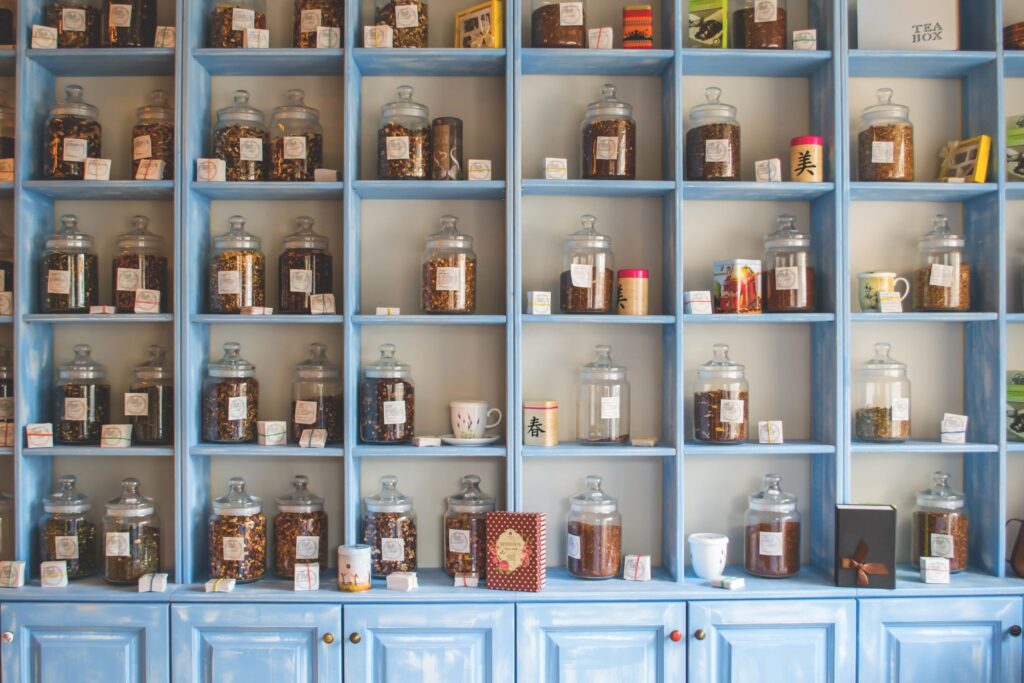Cooking with Medicine
Let’s start with what you know. Make use of your own local grocers!
When it comes to “building” immunity many don’t attribute that the whole food you consume IS medicine! Which is where “food is medicine” saying comes from. Because it IS! While generally all whole foods are wonderful, remember we are selecting specific foods that boost support for the immune system. Let’s look at what some of them are, I’m sure you’re already cooking with most of them!
- Allium sativum – Garlic
Historically known as the most popular flavoring herb in cooking due to its strong aromatic smell and taste. For more than 5,000 years garlic in traditional medicine use was highly used for respiratory disfunctions, congestion, circulatory tonic, helping to expel phlegm, and used for anti-bacterial and antifungal qualities. This strong pungent aroma comes from an antioxidant-like key plant constituent of volatile oils known as alliin or S-allyl-L-cysteine sulfoxide. Research on this ingredient finds that raw garlic cloves when crushed or sliced releases alliin (the least potent form), however after 10-15 minutes converts to alliinase, and then finally into alliicin, which is the most powerful of the sulfur compounds in garlic. Based on this research and historical studies, the best use of this herb is consumed raw. As most people use this to cook with, these volatile oils are slightly reduced during cooking – but still effective. Alliin acts to suppress lipopolysaccharides (LPS) which are primary inflammatory signals***
- How to Use:
- Zingiber officinale – Ginger
Another popular cooking herb with pungent aromatic flavor. Originating from Asian territories, this “root” which is actually a rhizome
- Plant Constituents:
- Scientific Research:
- How to Use:
- Turmeric
- Plant Constituents:
- Scientific Research:
- How to Use:
- Cayenne
- Plant Constituents:
- Scientific Research:
- How to Use:
Apothecary / Teahouse / Grow Your Own
- Echinacea sp – Purple Coneflower
- Plant Constituents: Best know as an immunostimulant with some research as an immunomodulator that both increased innate and adaptive immunity. Macrophages, phagocytosis and cytokine production has seen enhancement. Primarily TNF-a, IL-1, and IFN-b. Increased leukocytes mobility. Activated and increased production of natural killer cells.
- Scientific Research:
- How to Use:
- Thyme
- Plant Constituents:
- Scientific Research:
- How to Use:
- Peppermint
- Plant Constituents:
- Scientific Research:
- How to Use:
References:
- Chevallier A. Encyclopedia of Herbal Medicine. Dorling Kindersley Limited; 2016.
- Maria Noël Groves. Body into Balance : An Herbal Guide to Holistic Self-Care. Storey Publishing; 2016.

